Liverpool moved into the 1984/85 season on a seemingly never-ending wave of optimism, but the campaign preceded a dark storm and one of the darkest days in Liverpool FC’s history.
The summer of 1984 was a satisfying one for Liverpool supporters.
Basking in the glow of a treble-winning campaign, which had included a third successive league title, a fourth League Cup in a row, plus a fourth European Cup. On the outside at least, all seemed set for another season of domination and glory.
May 1984 had represented the eye of the Liverpool storm. The culmination of a nine-season span, in which the inhabitants of Anfield had borne witness to seven league titles, four European Cups, one UEFA Cup and four League Cups.
While Liverpool had enjoyed success before this 1975/76 to 1983/84 epicentre, and there was still more to come, the First Division landscape was to become a much more competitive one from here.
Looming over everything was the departure of Graeme Souness.
An uneasy task lay on the desk of Joe Fagan, Liverpool’s treble-winning manager. It was one thing to appoint a new captain, but it was another thing entirely to replace a figure of the stature of Souness.
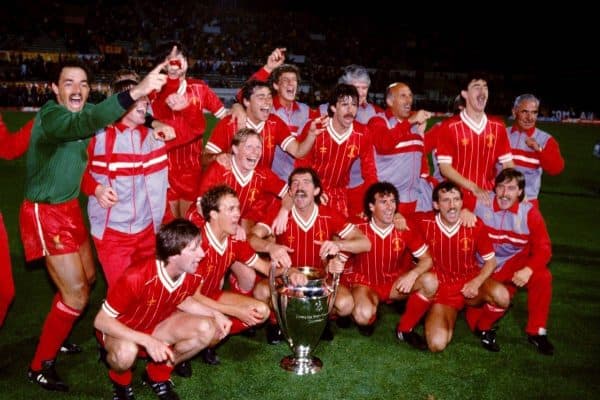
Added to this mother of all footballing headaches, Ian Rush picked up an injury on the eve of the new season that would rule him out until mid-October, while at the age of 33, serious consideration of an eventual successor to Kenny Dalglish was becoming increasingly urgent.
Unfulfilled flirtations in the summer of 1983 with both Michael Laudrup and Charlie Nicholas had led to the signing of Michael Robinson, but the recruitment of Paul Walsh represented a much more substantial statement of projected post-Dalglish intent.
Storm clouds gathering, Fagan was also involved in an escalating feud with Craig Johnston, while the form of Sammy Lee would dip alarmingly in the autumn.
It made for a difficult start to the new campaign and Souness proved impossible to replace.
John Wark signed in March 1984, from Ipswich Town, would be one of Liverpool’s most consistent performers of the season, even ending it as top scorer, yet he wasn’t a direct replacement for Souness.
Nor was Jan Molby, who was brought in from Ajax. His passing, intelligence and vision would come into its own the following season, but in 1984/85 he was limited to two short stretches in the team up to Christmas, plus a cluster of end of season minutes, in the build-up to the fateful 1985 European Cup final.
Molby struggled with the reduced amount of time he would be afforded on the ball, compared to the slower tempo of the pitches of the Eredivisie.
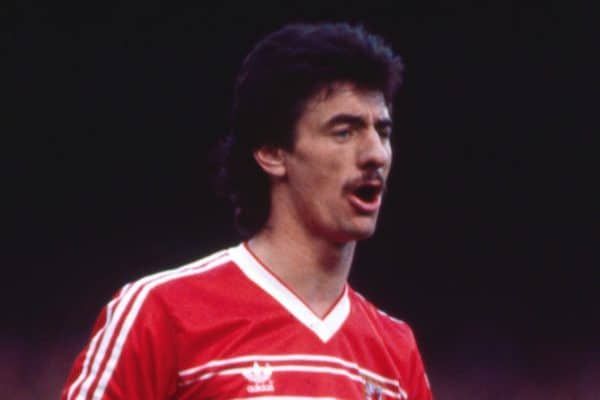
With Ronnie Whelan on the left and the struggling Lee on the right, there was balance, but a sense of displacement to the Liverpool midfield as they began the defence of their treble.
Charity Shield lost to Everton at Wembley thanks to the oddity of an own goal from Bruce Grobbelaar, Liverpool’s league campaign began with a 3-3 draw at Carrow Road against Norwich City, which Liverpool had led 2-0 and 3-2 before conceding a late equaliser in an eventful game where the scoring was opened by a Steve Bruce own goal and John Deehan missed a penalty for the hosts.
Two days later, as part of the old August bank holiday set of fixtures, Walsh scored within a minute on his home debut against West Ham. This was followed by draw at home to QPR and a win at Luton Town.
Sat in second position after four games, it had been a textbook start by Liverpool. It would be a false sense of security, however.
Almost eight weeks would pass before Liverpool picked up their next league win, as they drew three and lost four of their next seven. It was a winless domestic run that was topped off with a first Anfield Merseyside derby defeat, since 1970, Graeme Sharp the scorer of the only goal of the game with an iconic strike, that would eventually be declared the Goal of the Season.
Among this set of adverse results, Liverpool were twice beaten in north London, on visits to Highbury and White Hart Lane, while Grobbelaar suffered another horror show, this time at Anfield, against the newly promoted Sheffield Wednesday.
Conversely, in the European Cup first round, Liverpool breezed past Lech Poznan, the impressive Wark scoring four of the five aggregate goals that Fagan’s side accumulated.
The one plus point during the loss to Everton was that the game marked the return to the team of Rush. Four days later, he scored a hat-trick, against Benfica, in the European Cup second round, first leg, following that up with a goal in a 2-0 victory at Nottingham Forest, before a nation that was sat expectantly in front of their televisions, for ITV’s live coverage of the game.
Despite this glut of goals, Rush’s form would fluctuate until the turn of the year.
Progress in Europe was offset by Liverpool’s vice-like grip on the League Cup being loosened, with another defeat at Tottenham Hotspur.
Fagan, relieved to have the services of Rush once again, continued to search for the perfect midfield combination.
Wark’s form made him indispensable, while Whelan’s consistency was interrupted for a month by injury. Molby was opted in, then back out again, Lee gained a short-lived reprieve from the sidelines and even Johnston came back into favour from mid-October to mid-December, before falling foul of Fagan’s high demands once again.
In December, Kevin MacDonald was signed from Leicester City. Another midfielder whose style resembled nothing of Souness’. Amidst this conundrum, Steve Nicol worked his way back into the team, on the right-hand side of midfield.
A fragile balance was settled upon and Liverpool clicked into gear.
The win at Nottingham Forest was the start of a 17-game league run, in which only two losses were absorbed, the second of those being a shock Boxing Day defeat, at Anfield, to Leicester City, on a day when MacDonald watched on from the bench, hoping to make his Liverpool debut, against his former employers.
Into the New Year, Liverpool’s upturn in fortunes was transferred to the FA Cup. Aston Villa and Tottenham were dispatched, at Anfield, in the third and fourth round respectively, before York City and Barnsley were subdued, 7-0 in a fifth round replay, then 4-0 in an Oakwell quarter-final respectively. The semi-final draw threw Fagan’s team together with Ron Atkinson’s Manchester United.
As part of this improved run, Liverpool lost out to Independiente, in the World Club Championship in Tokyo and to Juventus, in Turin, for the European Super Cup.
Remaining imperious in the European Cup, FK Austria Memphis were swept aside in the quarter-finals, Liverpool’s reward being a semi-final showdown with Panathinaikos.
Domestically, when Liverpool again beat Nottingham Forest, at the beginning of March, they had narrowed the deficit on the leaders, Everton, to eight points.
Liverpool’s performances, however, were sporadically brilliant, but at other times functional ones. The results were largely more impressive than the football being played, Everton meanwhile, were on the crest of a wave.
It came as no coincidence, that the teams to beat Liverpool from here until the end of the season were opponents of purpose.
Tottenham obtained a first win at Anfield since 1912, Manchester United also took three points home with them. Liverpool’s last league game of the season was a third 1-0 defeat of the campaign, to Everton.
Outside chances of a late run at the league title over, it was now all about two semi-finals.
Missing the injured Alan Kennedy, it provided an opportunity for Jim Beglin to stake a claim to the number three shirt and he looked a seasoned performer, in the European Cup semi-final, first leg, as Liverpool overwhelmed Panathinaikos, 4-0, at Anfield.
Beglin was on target, Rush twice and another for Wark, in a performance that put a spring into Liverpool’s step, ahead of the FA Cup semi-final, at Goodison Park.
On an electric afternoon, Liverpool twice saved the game when all seemed lost. A stunning equaliser from Whelan made it 1-1, with only three minutes left to play, while it was even later in extra time when Walsh levelled the game for the second time in the 119th minute.
Without the services of Rush, in the replay, Liverpool contrived to throw a half time lead away, at Maine Road, losing 2-1, fumbling the chance of a first all-Merseyside FA Cup final.
It was a defeat that saw Fagan alter his side again. MacDonald deemed culpable, Lee stepped back in, before Mark Lawrenson was pushed into midfield, Gary Gillespie seeing his game time increase further after he had deputised on a regular basis between December and February.
As compensation, Athens and the second leg of the European Cup semi-final was easily navigated, which meant any hope of glory was pinned entirely on retaining the big one.
Midfield headaches having reappeared for Fagan, Walsh impressed, initially when covering for Dalglish, prompting a change of formation that saw the Liverpool manager experiment with a flexible 4-3-3, after Dalglish returned to the team.
With Kennedy struggling to prove his fitness for the European Cup final, Beglin won the battle for the left-back berth, while injury to Bob Bolder gave the inexperienced Chris Pile a place on the bench.
Liverpool’s chances heading into the game were good. Juventus had had their own domestic inconsistencies and a sixth-place finish in Serie A meant that they had to win the final, if they were to qualify for European competition the following season.
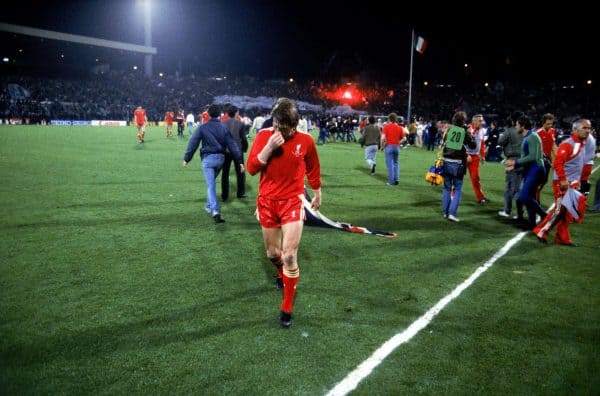
There was more than just the composition of the Liverpool line-up hanging over the 1985 European Cup final, however. Some months earlier, Fagan had informed his chairman, John Smith, and the board of directors of his intention to retire at the end of the season.
Added to this, Peter Robinson, the Liverpool club secretary and his Juventus counterpart, had voiced their concerns over the suitability of the dilapidated Heysel Stadium to be playing host to a European Cup final. A stadium that Arsenal supporters had criticised five years earlier when they had been there for the 1980 European Cup Winners’ Cup final.
These concerns were ignored.
On what should have been an evening of footballing excellence, clashes between both sets of supporters led to the deaths of 39 spectators, when a crush occurred, in the fateful Section Z, a neutral section adjoined to the Liverpool end of the stadium, in which Juventus supporters had been sold tickets.
Escalating tension eventually erupted into violence, with rocks from the crumbling terraces being thrown in both directions. An inadequate chain-link fence, in parts held together by handcuffs, was breached, causing spectators to flee in panic, leading to the devastating crush.
Hours of mayhem then rained down upon a small patch of land, in Brussels.
The Heysel Disaster was entirely avoidable. While spectators in the name of Liverpool FC pulled the trigger, the landscape was one which was created by UEFA turning a blind eye, the shockingly poor approach of the Belgian authorities and the unacceptable condition of the stadium.
A football match that no longer mattered was then played out, which Juventus won with a penalty that would not have been awarded in normal circumstances.
In tears when he returned to Merseyside, Fagan struck the image of a broken man, as he disembarked from the plane on its return to Speke.
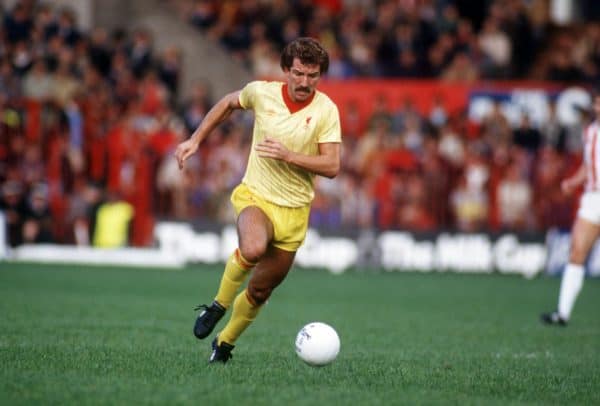
Within 24 hours, Dalglish had been named as his successor, charged not only with regenerating the on-field fortunes of the club, but to rehabilitate its tarnished reputation.
Fagan’s time in charge of Liverpool ended at one of its darkest moments. He deserved so much more, for a career of devotion to not only the club but the sport in general.
A son of the city of Liverpool, he came belatedly to Anfield but served with distinction as reserve team coach, first-team coach, assistant manager and then manager, leading the club to its most decorated season, all on the back of being recommended to Liverpool by the future Everton manager, Harry Catterick.
All too often viewed as a managerial hyphen between Bob Paisley and Dalglish, Fagan is long overdue the type of recognition and celebration that his successor and predecessors have been bestowed with.
Liverpool, 1984/85
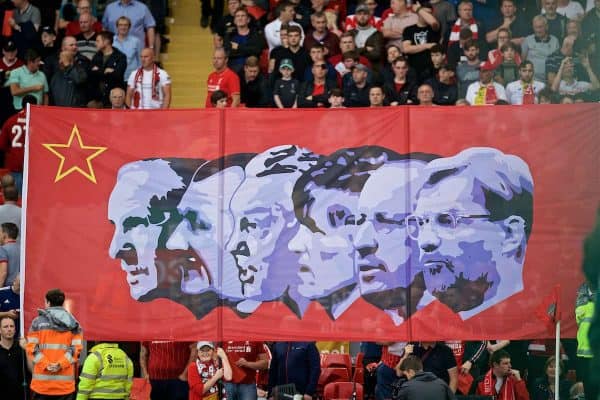
Manager: Joe Fagan
Captain: Phil Neal
Top Scorer: John Wark (27, all competitions)
Most Appearances: Bruce Grobbelaar, Phil Neal (64, all competitions)
League Position: 2nd (77 points)
FA Cup: Semi-Final
League Cup: Third Round
European Cup: Runners-up
Total games: 64
Games won: 33
Games drawn: 15
Games lost: 16
Clean sheets – league: 19
Clean sheets – overall: 29
Total goals: 107
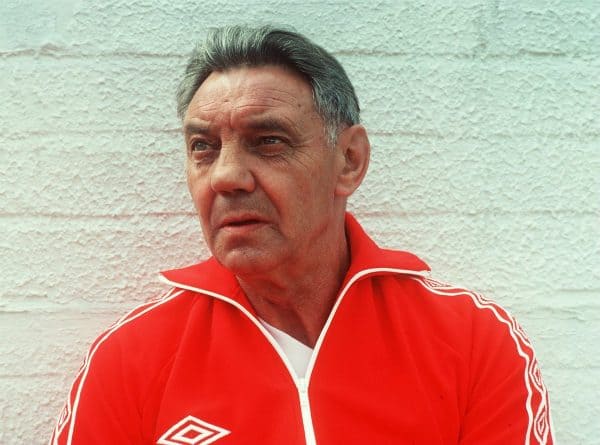

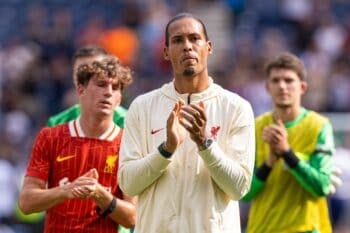
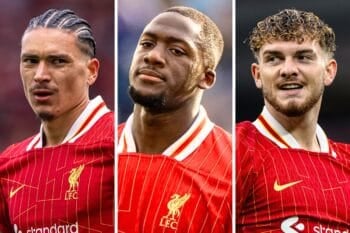

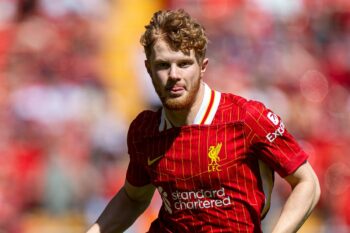
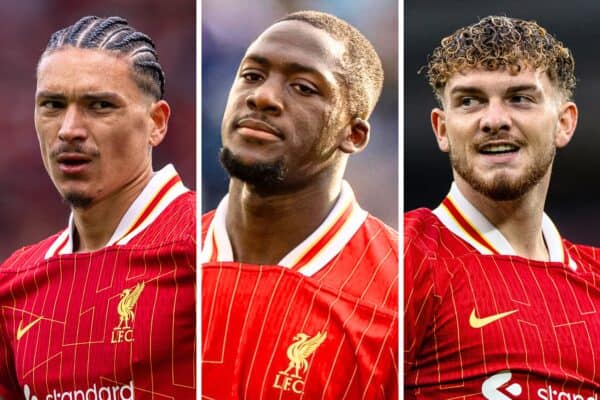

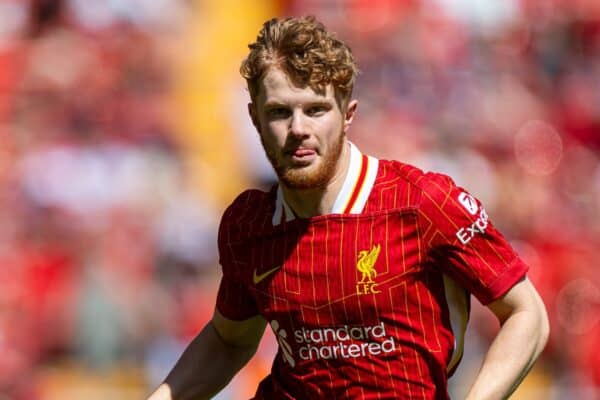
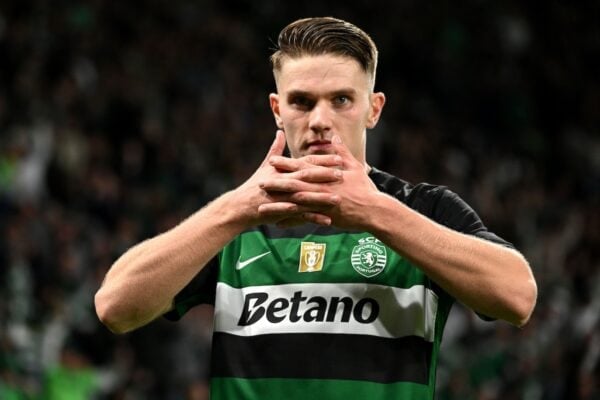
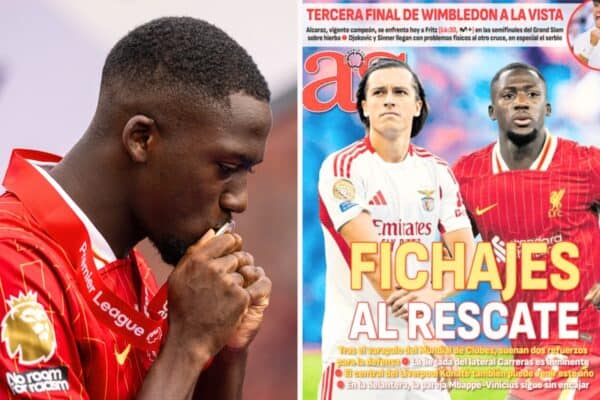
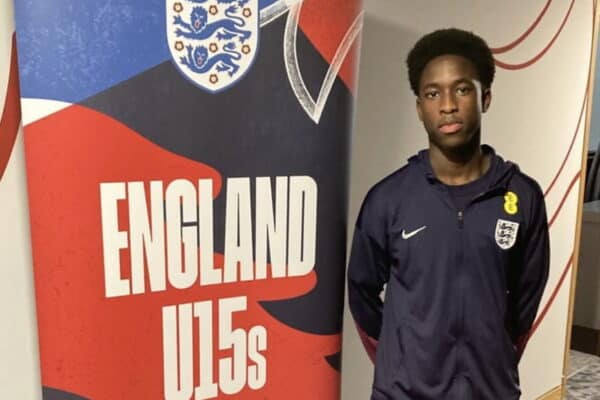
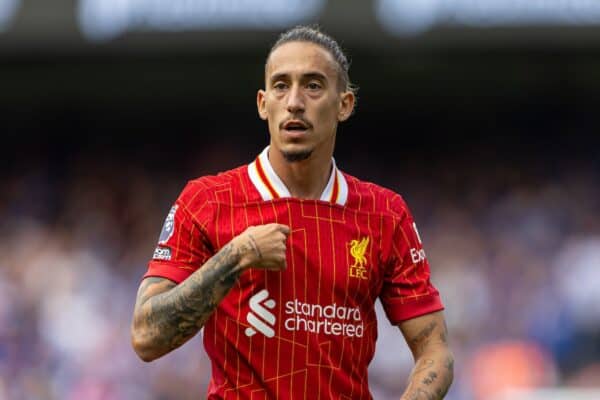
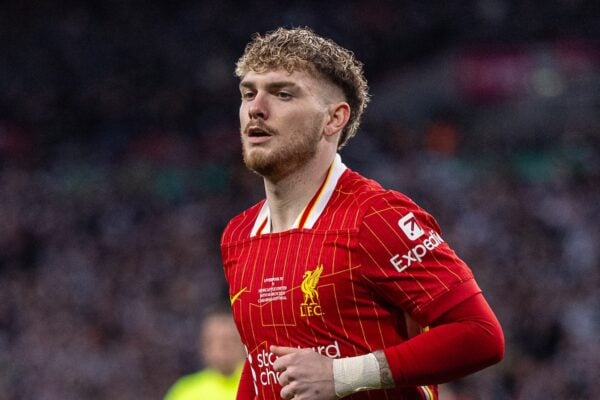
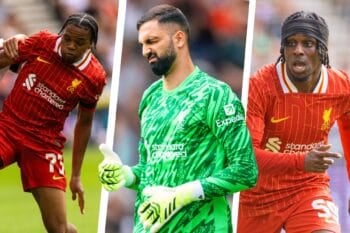
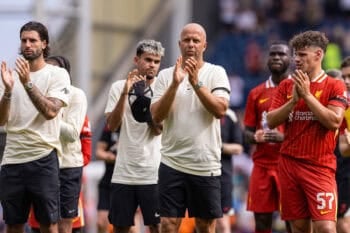

Fan Comments